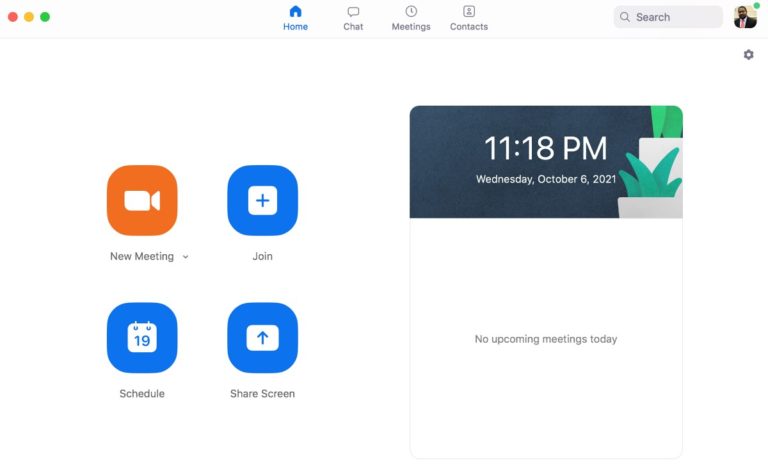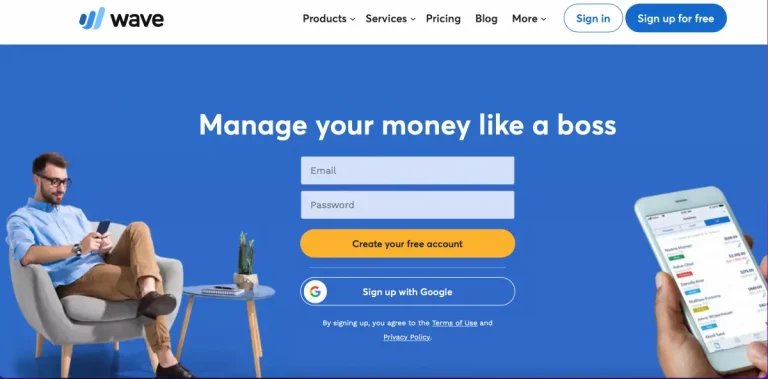Is SaaS a Good or Service?
The SaaS solution is intended to improve the customers’ businesses. The more proficient clients get at utilizing the platform by discovering new features and maximizing their benefits, the more lucrative their enterprises become. However, individuals want to know, is SaaS a good or service?
Saas is both a good and a service. These are two opposing viewpoints. In B2B SaaS, client service must be of the highest standard. Clients are more prone to punish poor service than to commend it. A SaaS vendor must also make it simple to reproduce successful solutions.
SaaS has recently become a popular way to sell software. SaaS is usually delivered over the cloud. Businesses can license SaaS software to users on a subscription basis. In SaaS, the customer does not get the software (as a good). Instead, they get software access (as a service). Keep reading to get more information about SaaS!
SaaS: a Good and a Service
It is crucial to highlight that it is not always evident that all SaaS is “services” defined by the ACL. Instead, the software may be both a good and a service, depending on the following factors:
- How it is set up and accessed;
- How the license is issued;
- Any extra components or services it includes.
If you build software rather than sell it, you will require a software development agreement. Software development is a service. If you also sell things, you must provide the same consumer guarantees.
It is essential to seek legal counsel regarding the consumer guarantees applicable to your software. In addition, your contracts must not confuse or mislead customers on their rights under the Australian Consumer Law, for instance. Here is what ACL includes: https://consumer.gov.au/australian-consumer-law
From the customer’s point of view, let’s compare software purchased as a service versus software purchased as a good!
| SaaS as a Good | SaaS as a Service |
| Vendors generally produce high-end software products. | Software Services are low-end tasks done by vendors. |
| Products are actions that add more value than services. | Services are activities that add less value than products. |
| Companies generally create software items. | The company’s product development is optional. |
| Software goods have efficiency, maintainability, and adaptability. | Software services’ features include application security, data security, high availability, etc. |
| Software products might be generic or customized. | No such software services exist. |
| The types include Outreach, Zoho Desk, Freshdesk, Intercom, etc. | Software services include IT security, infrastructure support, and app maintenance. |
| Among the advantages of software product companies are timely delivery, cost control, and client attention. | Among the advantages of software service firms are flexibility, ease of use, and low cost. |
| The required labor force is small but highly skilled. | Increasing effort necessitates many laborers who need not be highly competent. |
This distinguishes SaaS as a service from SaaS as a good. To grasp SaaS economics, compare it to software licensing purchases.
Why SaaS is the Best Business Model
- Cost
- Time
- Compatibility
- Scalability
Cost
You can save money by using SaaS. It eliminates upfront and recurring costs like maintenance and updates. Simple SaaS software can be used instead of expensive hardware. Pay-as-you-go approaches can help businesses to avoid paying for wasted licensing.
Small businesses benefit from SaaS because it enables them to access expensive, high-powered software that would otherwise be out of reach. Also, subscription-based software avoids the high financial risk.
Time
Time is money, and SaaS can save both. Many SaaS applications require only an internet connection and a log-in. Also, maintenance is moved from your IT staff to the vendor. It avoids extra labor hours and downtime needed to replace traditional software. Finally, SaaS programs have a lower learning curve and faster employee adoption.
Compatibility
With the typical way of software installation, updates can be extremely costly and time-consuming. Even worse, version differences amongst team members can result in incompatibility difficulties and lost effort.
With SaaS, however, subscribers may connect to services that have already been upgraded.
Scalability
The flexibility and alternatives provided by the pay-as-you-go approach further benefit SaaS. Because the program is hosted externally by the vendor, modifying your usage plan is simple and can be done without prior warning.
In addition, web-based use enables customers to effortlessly access the software from any location with internet access.
Disadvantages Exist in SaaS Business Model
- Lack of Control
- Security
- Limited Range
- Connectivity
Lack of Control
Organizations have a greater degree of control with in-house software applications than with hosted solutions, where power remains with a third party. Typically, everyone must utilize the most recent software application version and cannot delay upgrades or feature modifications.
Security Concerns
Access management and the confidentiality of sensitive data are significant problems around cloud and hosted services.
Limited Range
While SaaS is growing increasingly popular, there are still numerous applications that do not offer a hosted platform.
Connectivity Issue
Since the SaaS model is web-based distribution, you will lose access to your program or data if your internet connection breaks.
SaaS vs. Cloud Computing
Many individuals confuse SaaS with cloud computing. It is partly true because SaaS is a cloud computing subset.
Computing services where some components are handled online rather than on the user’s PCs and servers. On the other hand, software as a service is software accessed remotely via the cloud. In SaaS, all software-related data is stored on the software provider’s servers, not the client’s.
A good example is Microsoft Office. You’re using cloud computing but not SaaS if you buy traditional software and save some documents online for simple sharing. For example, you can access the software in the cloud or have your desktop version automatically upgrade to the current version using their 365 monthly payment approach.
PaaS: Platform as a Service
Cloud platform services, generally known as Platform as a Service (PaaS), offer cloud-based software components primarily for application development. PaaS provides a foundation upon which developers can build and deploy bespoke applications.
All servers, storage, & networking can be controlled by the organization or a third-party service provider, while application management is left to the developers.
Click here for PaaS user guide
Comparison Between SaaS and PaaS
| SaaS | PaaS | |
| Characteristics | Managed from a central location Hosted on a remote server accessible over the internet | Resources can be quickly down or scaled up using virtualization technologies.App development, testing, and deployment there can use the same development application. |
| Examples | OpenShiftGoogle App EngineForce.comHerokuWindow Azure | Google AppsDropboxSalesforceGoogle WorkspaceSAP concur |
| Concerns | Lack of ControlMinimal CustomizationInsecure DataLack of Integration SupportFeatures Limitations | Runtime IssueSecurity RiskCustomization of Legacy SystemOperational Limitations Poor Integration |
Frequently Asked Questions (FAQs)
1. What differentiates SaaS from PaaS?
The primary distinction between PaaS and SaaS is that SaaS applications are entirely handled by a third party, from the servers to the data itself. With PaaS, you can use the cloud-based platform as the basis for developing software.
2. Is PaaS preferable to SaaS?
SaaS is ideal for businesses seeking out-of-the-box usability, whereas PaaS is ideal for companies seeking to create a solution on an existing network.
3. What is SaaS revenue?
The SaaS sales model employs an online sales application. Your business development personnel, customer care team, account reps, and salespeople can view and control their offers, leads, contacts, & pipeline from any location.
-
How Do I Come Up with a SaaS Idea?

The way we buy and sell products has changed since the dawn of time, and the present world witnesses an unrivaled boom in software-based services in the tech world. This article will tell you all about Software as a Service (SaaS) ideas and how you can come up with one yourself! You can get a…
-
How Much Does It Cost to Start a SaaS Company?

The market space of Software as a Service, or SaaS, continues to grow and is often hailed as the next big thing that will change digital life as we know it. With all that’s been happening around you and the growing trends in the business world, you may be thinking of starting your own company…
-
What Is a Good Profit Margin for SaaS?

With Tech stocks driving the recent bull runs, it is understandable that most aspiring entrepreneurs have their sights set on the tech industry. Within technology startups, Software as a Service (SaaS) businesses are the most lucrative for investors because of the possibility of having up to 99.99% profit margins. But realistically, SaaS businesses need a…
Conclusion
From the above discussion, we concluded that SaaS works both as a good and service and is taking the lion’s share of the market for commercial applications since it offers enormous advantages for both developers and users. We hope this post helped you learn everything there is to know about SaaS.
References
SaaS user guide
Best option of software service
https://www.bmc.com/blogs/saas-vs-paas-vs-iaas-whats-the-difference-and-how-to-choose/








